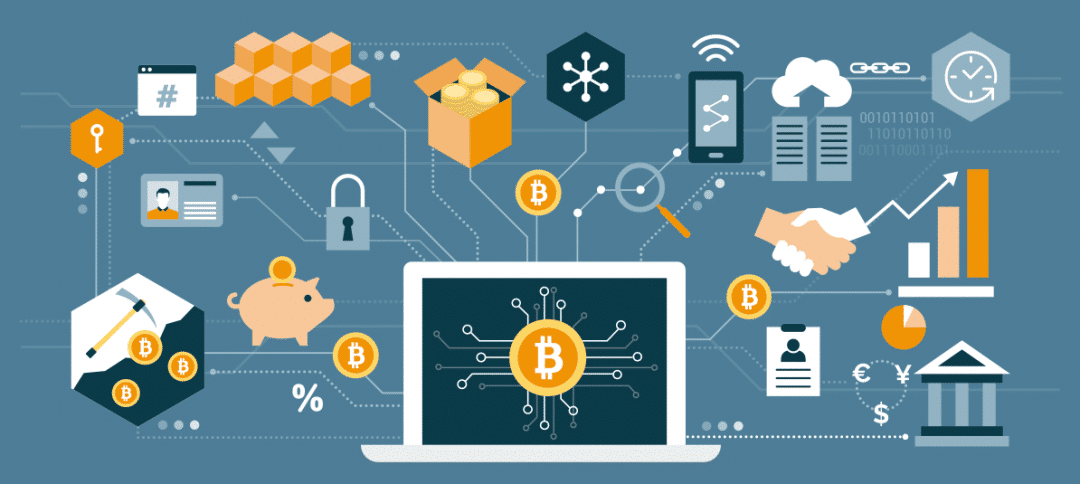Inflation is simply a generalized price increase, in this case caused by the rising price of energy, which affects the entire value chain and is then passed on to other products. In other words, prices go up and every day you pay more for the same thing.
There is little you can do as a consumer to stop inflation, but there are several saving tricks and measures that will help you prevent price increases from reducing your spending power or, at least, your ability to save.
1. Review your expenses and update your budget
Inflation will test your ability to save and spend. It is the ideal excuse to take stock of how and where you spend your money. In other words, make a budget if you don’t already have one, or revisit the one you already have.
A budget will help you see the real effect of inflation on your accounts and give you a tangible sense of how much more expensive everything is. It’s easy to feel surprised when you do this, as we tend to overestimate the impact of price increases. In other words, yes, everything is more expensive, but less so than we initially thought.
In any case, reviewing your expenses will help you to work out where you spend your money and act on this.
You can also take the opportunity to put your conscious spending plan into action.
Price rises primarily affect variable expenses, but can also impact some fixed costs. The most obvious of these is the electricity bill. Even with the increase in the price of energy, it is possible to use these 7 tricks to cut costs and save on your electricity bill.
Also review other fixed costs such as your cell phone or the insurance you have taken out. When you do this, think about what your needs are and adjust everything to what you actually use. For example, check whether you need so many gigabytes of internet, or which of your insurance policies are really important to you.
2. Do you need so many subscriptions?
Memberships are all the rage and not only for online streaming services. A saving trick to combat inflation is to review how many you have, which ones they are and then get rid of any you don’t need. You can start by removing duplicates.
If you have Netflix, HBO and Amazon TV, you can probably do without one of these, or even two, and optimize your entertainment spending. After all, you can always go back to them when you’ve got through everything you want to watch from the other one. And jumping from one platform to another can be a nuisance as well as an unnecessary expense.
Like your other subscriptions and memberships, you can try disconnecting them for a month and see how much you miss them. It might well be that not having access to that particular community or content is much less painful than you imagine. In other words, with a few exceptions, it is quite typical just to miss them for the first few days.
3. Look for alternatives in your shopping cart: try own brands
Just as we buy things on impulse, we also buy out of habit. Go through your shopping cart and you’ll see many brand-name products that you could swap for an own-brand version that you may never have tried.
This may be the time to go for it and replace certain products with own-brand ones. But where to start? Try swapping out those items that you don’t particularly value or which you have doubts about. For example, sliced bread, yogurts or fabric softener. Just stop and think about which items are important to you and which brands make a real difference.
4. Embrace discount coupons
What if you don’t want to abandon your brands? Look for discount coupons. This tip is the opposite of the previous one, and involves taking advantage of the efforts of big brands to promote new products, or to keep others in the minds of consumers through discount coupons.
Nowadays it is easy to find these coupons on specialized websites and organize your shopping cart around them. Examples include Chollometro.com, Proximaati.com, Opportunista.es and Valesycupones.es
Also many insurance companies and banks have agreements with brands to give discounts to their joint customers.
5. Take advantage of free trials
Just as there are discount coupons, you can also find free trials of many products. Again, there are pages that specialize in this type of free product testing, like some of those we have already mentioned, as well as Baratuni.es or Regalosymuestrasgratis.com.
You will also find offers in supermarkets, where you have to buy the product and then send a coupon to the brand to get a refund.
6. Dig through the offers and stock up (if you can)
Three-for-two offers, discounts on the second item, money-off vouchers… Promotions are a world in themselves and a great savings option, in your shopping basket, as well as in other purchases.
In the case of shopping, you can take advantage of these offers to accumulate non-perishable products that will probably rise in price due to inflation. You just need to find a deal and have enough space to store the things at home.
A helping hand. 3×2, 2×1, 70% on the second unit…the offers are many and varied, but have you ever thought about which one is the best?
The way to evaluate each offer is to look at the percentage discount you get on each unit. In a 2×1 the saving is 50% on each item; with the 70% discount on the second unit, the discount is 35% on each item; and with 3×2 the discount is 33.3% on each item.
7. Buy second hand
Another very efficient savings trick for combating inflation is to buy second hand goods. These days there are plenty of platforms where you can find practically anything.
There is no golden rule for knowing what to buy or not to buy second hand, but certain products are easier to offset, such as bicycles for children, video games, certain sports equipment, home furnishings, and so on.
In the end, it is about taking into account three factors:
- How important is that particular product to you (remember what we said about conscious spending and how to spend to be happier).
- The use and useful life of the item. For example, a child’s bike will be used for one or two years at most.
- How and by how much will the value of the item depreciate. In other words, does the thing you want to buy lose a lot of value as soon as you purchase it, as is the case with cars? If it depreciates quickly, buying it second hand will make more sense.
8. Sell what you don’t need
This tip goes hand in hand with the previous one: Just like you buy things second hand, you can also sell what you don’t use.
Take the example of the child’s bike: you can sell the old bike and use the money to buy a new one. This same strategy also works for your cell phone or your own bike, for example.
Clearing out what you have at home will help you earn money and introduce you to minimalism. This consists of living with only what is necessary and it will give you a different view of consumption in general.
9. Purchase in advance (if you think it’s worth it)
In a scenario of rising inflation, what costs 100 today will cost 101 tomorrow and 102 the day after. One solution to avoid paying more is to bring forward some of your purchases, so that you get what you need before the price goes up.
This is the general advice though, you shouldn’t take it too literally. It is true that inflation will last longer than expected and that it is structural (it affects all products). However, that does not mean that buying everything today will actually work out cheaper than getting it tomorrow.
Most items have price cycles that are repeated year after year. In other words, there are certain times when they are cheaper. One example is technology, which drops in price with new launches, trade fairs or at certain times of the year like Black Friday.
To find out when the best time to buy is, you can use price trackers, which will tell you how the cost of each product has evolved.
Finally, prevent inflation from stalling your financial and savings plan by automating your savings.
10. Compare, compare and buy again
This advice applies in times of inflation as much as at any other time, but it is especially useful now.
In high inflation environments, each brand and retailer follows its own strategy for passing on cost increases to its products. As a result, there are greater differences between stores and brands. The solution for saving and benefiting from this is to compare and track prices.
Comparing has an additional advantage. The simple fact of having to look for an alternative curbs consumerism because it separates the moment of the actual purchase from the impulse to buy. In addition, you may find the product cheaper somewhere else.









